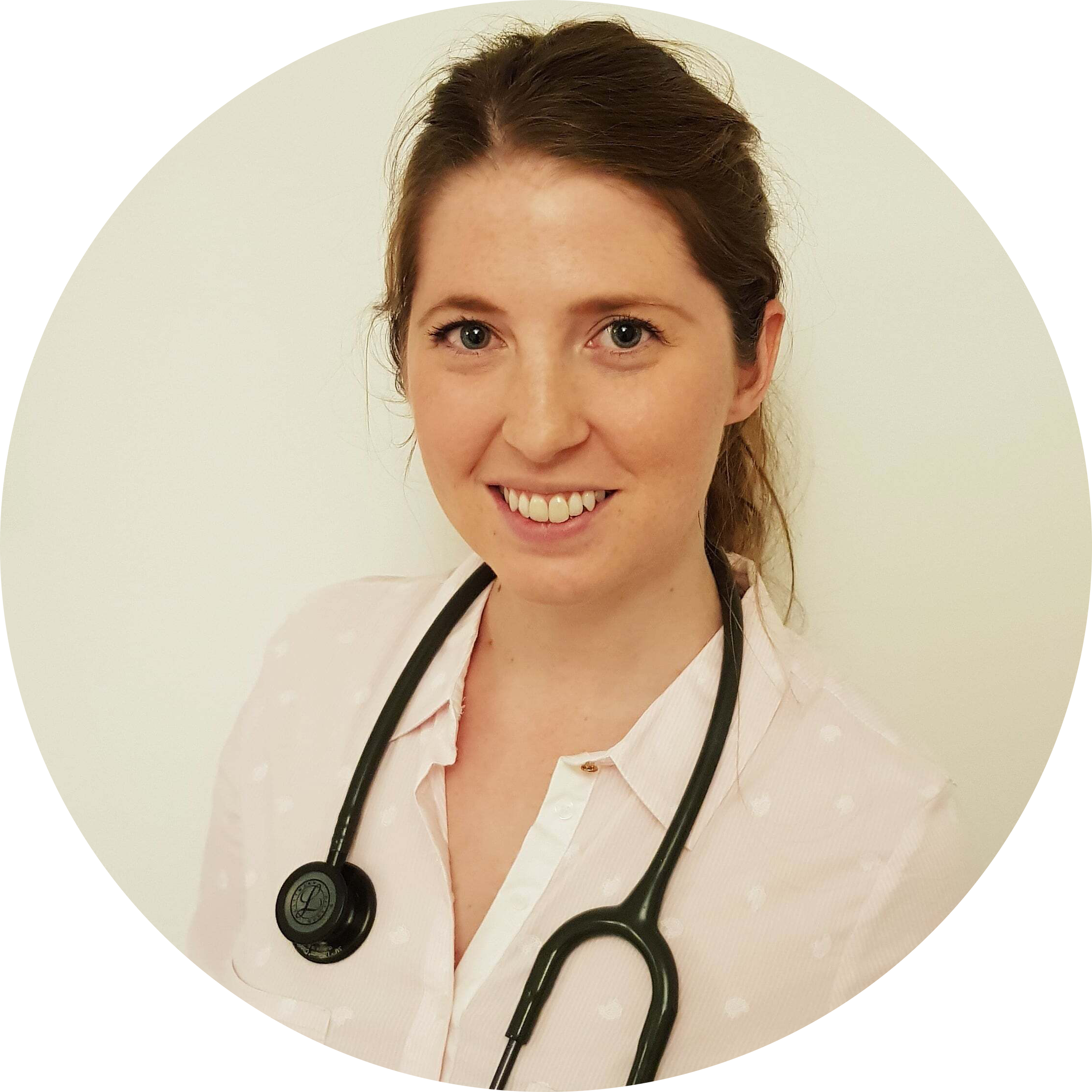Varicose veins
Reviewed by:
Dr Rhianna McClymont
, Lead GP at Livi
Varicose veins usually affect the legs and feet – they are swollen, twisted veins that may be bulgy or lumpy and blue or dark purple. Find out more about the symptoms and what treatment is available.

What are varicose veins?
Varicose veins are enlarged, twisted veins, usually in the legs and feet. The affected veins are often visually obvious as they can bulge, get lumpy and become darker in colour. They aren’t usually serious but can be painful and require treatment.
What causes varicose veins?
Inside the veins are tiny valves that help the blood to pump to the heart. If these become damaged and stop working properly, blood can flow in the wrong direction and get trapped in the vein. At this point, it can become wider and swollen, also known as ‘varicose’.
Who is at risk of varicose veins?
Certain factors put you at a higher risk of varicose veins. These include:
Your gender – women are more likely to be affected
A family history of varicose veins
Age
Being overweight
Regularly standing for long periods
Pregnancy
Types of varicose veins
Trunk varicose veins – These can be long, thick and lumpy in appearance and are close to the skin’s surface
Reticular varicose veins – Smaller veins that are often grouped in a tight network
Telangiectasia varicose veins – Also called thread or spider veins because small clusters of veins form a star-like pattern on the legs or sometimes the face. These are harmless and don’t cause any bulging
Varicose veins symptoms
The main symptoms of varicose veins are:
Swollen, enlarged veins
Blue or dark purple veins
Lumpy or bulging veins
Other symptoms may include:
Legs feel achy or uncomfortable
Throbbing, burning or cramping sensations in the legs
Itchy skin, especially around the varicose veins
Pain that gets worse if you stand for a long time
Diagnosing varicose veins
Varicose veins are not generally a serious condition, so you only need to see a doctor if they are causing you pain or discomfort.
Your doctor will give you a physical examination, ask about your symptoms, your medical history and your family’s. As varicose veins can usually be diagnosed by their physical appearance, this may be all that’s needed.
In some instances, you may be referred to a vascular doctor who specialises in the treatment of veins. They are likely to take a duplex ultrasound scan to produce a picture of the veins using high-frequency sound waves. The scan will look at the blood flow in your legs and identify any damaged valves that could be causing your varicose veins.
Non-medical varicose veins treatment
It’s often recommended that you try non-medical treatments first. These include:
Compression stockings that squeeze your legs to improve circulation and blood flow to your heart
Avoiding long periods of standing and resting whenever you can
Keeping the area affected by varicose veins elevated when you’re resting
Taking regular exercise
Medical varicose veins treatment
If non-medical treatments don’t help, and the varicose veins are still causing pain and discomfort, you may be offered one of the following treatments:
Endothermal ablation – The varicose veins are sealed using energy from radio waves or lasers
Sclerotherapy – Foam is guided to the veins using an ultrasound scan and then injected into the veins. The foam scars the veins and then seals them
Ligation and stripping – Surgically removing the vein by making two small incisions, tying off the varicose vein and then carefully pulling it out using a thin, flexible wire
Cyanoacrylate glue occlusion – A relatively new treatment that uses a special glue that’s injected into the veins to seal them shut
Complications of varicose veins
Varicose veins aren’t usually serious, and complications are rare. But sometimes medical complications can occur due to the interruption of blood flow in your legs. These can include:
Blood clots – A blood clot that forms under the skin’s surface can lead to inflammation of the veins in your leg (thrombophlebitis) or deep vein thrombosis (DVT), which can make your leg swollen and painful.
Ulcers – Painful ulcers can develop near varicose veins on the skin.
Bleeding – Occasionally, varicose veins that are close to the skin’s surface can burst or bleed if they’re disturbed. It’s not usually serious, but a doctor may need to check if the bleeding doesn’t stop when you lie down with your leg raised and apply pressure to the affected area.
- Reviewed by:
 Dr Rhianna McClymont, Lead GP at Livi
Dr Rhianna McClymont, Lead GP at Livi
